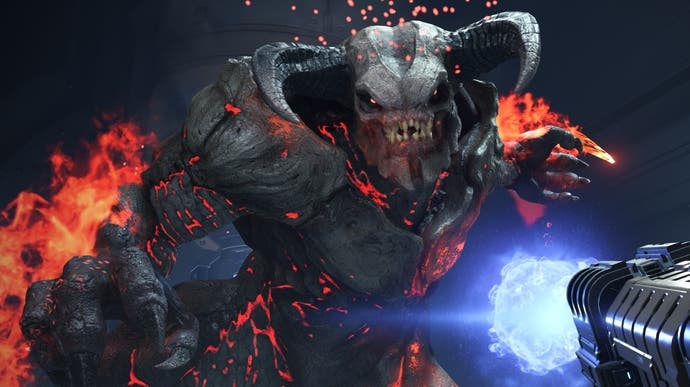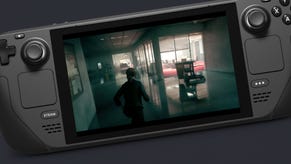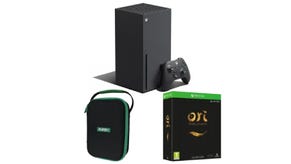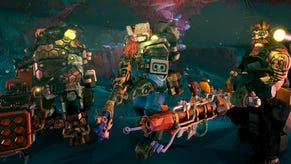Doom Eternal hands-on: can id's next game possibly live up to expectations?
New tech and a revamp in structure deliver a highly promising sequel.
Three hours of solid play with a preview build of Doom Eternal? I just couldn't couldn't pass up the opportunity. For me, Doom 2016 marked id Software's return to form and in my opinion, it's one of finest shooters of the last decade. So with that in mind, expectations were positively stratospheric for the sequel and after my session with the sequel, I've got to say that I'm feeling good about it. Much has changed since the reboot, both in terms of the game's structure and thanks to the transition across to the new id Tech 7 engine.
To begin with, let's talk basic features - Doom Eternal offers an even larger options menu than its predecessor. It's possible to adjust just about every element of the HUD and controls. Importantly, the centre weapon position and simplified cross-hair are both available and this is my preferred way to play the game. I really appreciate how customisable the game is straight away as it caters to a wide range of players and allows you to dial in that perfect feel.
Once into the game, what immediately becomes apparent is how different progression is handled - and it's the biggest change from Doom 2016. Rather than focusing on a single location, Eternal allows players to visit different areas around the planet. This is accessed from a central hub location - basically a flying space spire inhabited by the Doom Slayer, which he uses to travel around. It's a fun idea and thankfully, doesn't slow down the gameplay. More to the point, it means that each stage can offer a unique look and feel without any big sudden changes feeling out of place or jarring.
It also allows for more pronounced transitions in gameplay, encompassing anything from a standard linear blast through to a Doom-style ultra-violence take on Metroid Prime, with interesting puzzling and platforming sections providing something very different from what you might expect. I also enjoyed a sequence where you take control of a Revenant temporarily to reach an item. It completely changes up your move set and leads to a unique battle sequence that is a lot of fun to play. I guess the point is that there seems to be a ton of variety in the game this time: I never had any issues with the environments or variety in Doom 2016 but it's neat to see the team expand the visual design so radically.
Combat gets a healthy revamp too. The good news is that the core gameplay loop of the reboot is still in pace, but there are some changes. Firstly, the pistol has been eliminated - the default weapon is now the shotgun, while ammo and health are scarce and both drop quickly. The focus, therefore, is more strategic than before. Glory kills still refresh your health while chainsaw kills generate ammo Each enemy has a different weak point and varying levels of health meaning that you need to identify each type of foe in an area and figure out how to best handle the group. Leaving fodder enemies alive, like former human soldiers, is useful as when you run low on ammo or health, you can jump over and glory or chainsaw kill them quickly to refill.
This is enhanced by an increased focus on momentum and parkour. The Slayer can swing from hanging bars, climb walls and generally move more rapidly. The stages are built more vertically as well, resulting in lots of fast-paced platforming which integrates beautifully with the combat. In a way, it feels like some perfect fusion of id's multiplayer and single-player sensibilities - the high flying antics of Quake 3 live on in single-player form here. Basically, this is the antithesis of your typical modern day shooter. Hiding behind cover and playing slowly results in death - Doom Eternal is all about maintaining momentum and killing as quickly as possible.
In terms of its technology, our first real close-up look at id Tech 7 does not disappoint. Similar to the Modern Warfare 2019 reboot, it's effectively a new engine designed to fully exploit current-gen hardware but with foundations in place designed with next-gen in mind. I played the game on an i9-powered PC paired with an RTX 2080 Ti. Bethesda wasn't taking chances here, running the game on the high preset at 1440p resolution (with capture limited to 1080p). I would expect 4K60 from this level of hardware on the final game, but we shall see.
Once in-game, the first thing that really stood out to me is map complexity. The sheer amount of geometry pushed here is greatly expanded compared to the previous game. Detail is everywhere - edges are smoothed over; debris fills every nook and cranny and nearly every surface is filled with geometric flourishes. In moving from Doom 2016 to Eternal, I'm reminded of the jump from Quake 2 to Quake 3 back in the day with its curved surfaces. It still looks like Doom but it's clearly more refined across the board.
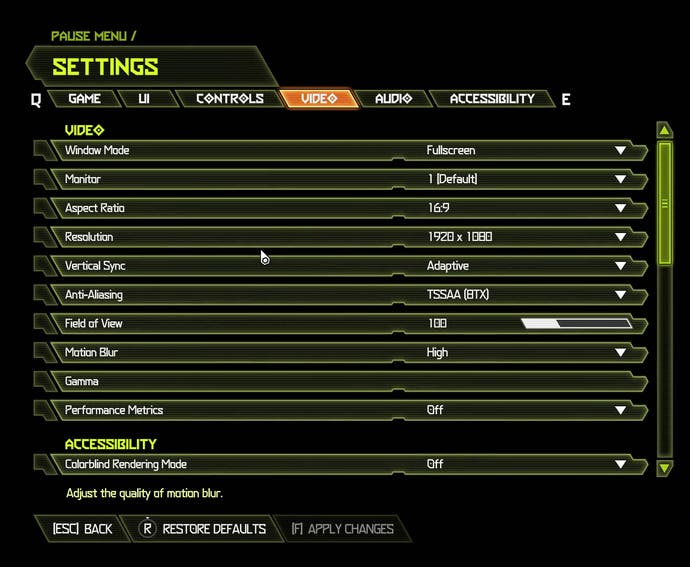

Beyond this, the size of the maps themselves has increased dramatically. I played through the first three stages in the game and each one is massive in scope. Then there are the demons themselves which receive several key enhancements. Firstly, geometry density is boosted, and models are rich in detail right down to their teeth. What I really like is the addition of damage modelling. As you fire on each demon, their flesh blows apart in chunks. The game visualises damage you deal to enemies, serving as both a visual flourish and a damage indicator in service to gameplay.
This is further enhanced by the stellar animation work. Doom Eternal doesn't use motion capture extensively, instead relying on carefully hand-crafted animation. This was already a strong point in Doom 2016 and it's further improved here - the variety, weight and speed of the animation is fantastic and the game blends smoothly between different animation states. Animation is a tricky thing in a game like this as the pace of combat is so fast, which means you're ripping and tearing at very high speeds. If the animation plays too slowly, it breaks the pacing but if you move too quickly, it looks choppy. The team has managed to strike a nice balance which I feel works exceptionally well.
The way textures are handled is also revamped for the new engine. With id Tech 7, the studio has completed the transition away from Megatextures. While the 'virtual texturing' idea first developed for Rage was interesting, it has a lot of drawbacks - specifically with problems streaming in high resolution art. The new approach sees Doom Eternal delivering much more detailed surfaces with support for elements like tiling and multiple layers. It's more of a return to a traditional model but the materials and fidelity of the textures are greatly improved, and there is no visible pop-in either. This is one area where the 2016 reboot fell short and it's nice to see low resolution textures all but eliminated in the upcoming game.
Overall, I'm excited about this one. There's progression in all areas without taking anything away from what made Doom 2016 so special. In fact, it's both surprising and gratifying to see id push the structure of the game forward as much as it has here. Yes, the id Tech 7 revamp delivers exceptional results - particularly in terms of sheer detail - but coupling this with a much wider scope makes this feel much more like an actual sequel. Obviously, there are still many questions to answer, like how the current-gen consoles cope with the game, especially the Xbox One S. As things stand though, this preview of one of my most eagerly awaited games of the year did not disappoint - and I can't wait to see more.
